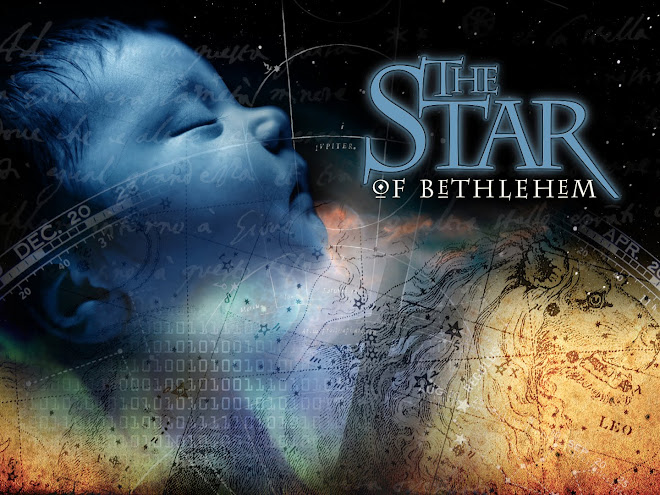The color of a lunar eclipse is determined by conditions in Earth's atmosphere, including the level of aerosols (suspended particulate matter). For this reason, it's not possible to predict with certainty how a future eclipse will look from a particular viewing position (continent, latitude, etc). It may vary from nearly colorless to deep red.
You're about to see the effects of your own local atmosphere. On Wednesday, February 20, you will have an after dinner treat if you're in the Americas. Step outside and look at the moon! There will be a total lunar eclipse, starting about 10p EST or 7p PST. (If you are on the other side of the Earth, say in Europe or Asia, watch for this event just before sunrise on February 21).
Easter is coming! Let's hope many of us are fortunate enough to witness a dramatic reminder of the red blood shed for us 2,000 years ago.
If you have time, pray with me:
"Father, we marvel at your beauty and poetry in the sky. It is amazing when you make full moons red as a reminder of a life fully lived, blotted out in blood. We thank you for the bewildering fact that you cared enough to come here and make such a sacrifice for us. We thank you for creating events in the sky, visible by billions, to remind us. Thank you, Lord Jesus, for your work here! Praise you, Creator of Heaven and Earth, for reminding us! We sing to you of your beauty, and come in the name of Jesus, amen!"
Rick
PS: You may have wondered why the date for Easter shifts each year. It's because the date is adjusted to follow moon cycles! Easter Sunday falls on the first Sunday after the first full moon following March 20, approximating the Spring Equinox.
Sunday, February 18, 2007
Subscribe to:
Posts (Atom)



